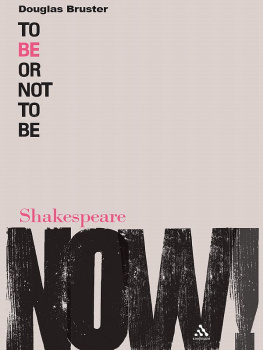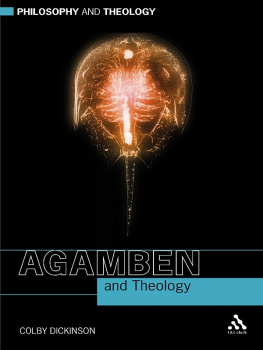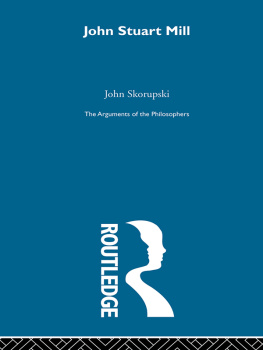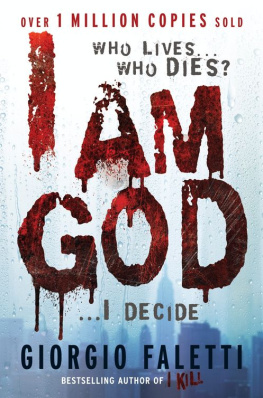by John Major Jenkins
From GalacticAlignment2012 Website
"But whatever fate awaits this last enterprise of my latter years (Hamlets Mill), and be it that of Odysseus last voyage, I feel comforted by the awareness that it shall be the right conclusion of a life dedicated to the search for truth."
Giorgio de Santillana (1968:xi)
Some books are ahead of their time. Some books convey a message which threatens prevailing notions, and are therefore brushed away. Some books are mixtures of profound insights and garbled speculations. Hamlets Mill, An Essay on Myth and the Frame of Time (1969) partakes to varying degrees in all of the above. Hamlets Mill began a revolution in understanding the profound sources of ancient mythology. Although it tottered on the edge of oblivion for years, it has reemerged as the fundamental inspiration for many progressive researchers who find the precession of the equinoxes lurking within ancient creation myths around the world.
The Authors
The text of Hamlets Mill covers 349 pages and includes another 100 pages of appendices. The authors of this thorough study are respected scholars. Hertha von Dechend was professor of the history of science at the University of Frankfurt, and a research associate at the Massachusetts Institute of Technology for five winters, 1962 to 1967. For many years she emphasized in her work the relationship between ancient myth and astronomy. Giorgio de Santillana, not to be confused with the Italian philosopher George Santiyana, was for many years professor of the history and philosophy of science at M.I.T. By 1969, when Hamlets Mill was published, he had authored numerous articles and books (e.g., Santillana 1955, 1961, and 1968). Whatever these authors have to say should be considered in all seriousness. Santillana seems to be the primary speaker; he served as editor for von Dechends material and compiled other material relating to her thesis.
Hamlets Mill traces the transformations of mythic imagery around the globe on a search and rescue mission, to breathe life back into an archaic insight into the nature of the cosmos. It seems, admittedly, that an a priori feeling, or insight, drives the book onward to its conclusion, which is really more of a new beginning. This archaic insight is a cherished discovery of the two authors, the culmination of their academic careers, and they seem driven to quickly document and consolidate their thesis one that von Dechend actually espoused for many years and share it with the world. There are problems with Hamlets Mill, but they are more in terms of the books organization rather than a faulty reasoning. However, some citations, especially those of Mesoamericanmyth, are somewhat off the mark. In this case, the reason may have more to do with the embryonic state of Mesoamerican studies in the 1960's. As for other glitches, these hurried flaws can be explained when we consider the context in which the book was written. Giorgio de Santillana published a book of his own the previous year and was still lecturing at M.I.T., so his work load during the late 1960s must have been intense. In fact, he was ill at the time.
As William Irwin Thompson writes:
"Professor de Santillana worked on editing von Dechend when he was sick and near death, and so this book is not the best expression of their theories. Encyclopedic, but rambling, it is often as chaotic as it is cranky. This weakness, however, should not mislead the reader. The work is very important in seeking to recover the astronomical and cosmological dimensions of mythic narratives" (Thompson 1982:268-269).
This may explain the variations in the narrative, the ebb and flow of the sequence in which the book was ordered, and the generally chaotic character of the books organization. Nevertheless, the bulk of the text conveys ruthless interpretation and careful documentation of international scholarship in linguistics, archaeology, comparative mythology, and astronomy. In addition, an informal and usually engaging, if somewhat loquacious, prose style prevails throughout. Hertha von Dechend, long-time German historian and mythologist, seems to be the director behind the scenes:
"Von Dechend has argued that the astronomy of the most ancient civilizations is far more complicated than we have hitherto realized. She sees myth as the technical language of a scientific and priestly elite; when, therefore, a myth seems to be most concrete, even gross, it is often using figurative language to describe astronomical happenings... Von Dechends thesis that there is an astronomical dimension to myth that is not understood by the conventional archaeologists of myth is, I believe, quite correct" (Thompson 1982:173).
"Archaeologists of myth" is a strange statement, but what discipline does this study belong to? It certainly isnt astronomy, because astronomys technicians have nothing to do with ancient myth. Is it ethnology, mythology, or science? The burgeoning field of archaeoastronomy perhaps gets closest to the mark. Since the 1970's, two different academic journals have been devoted to elucidating and exploring the topic of archaeoastronomy. Norman Lockyear pioneered this field in the late 1800's with the publication of The Dawn of Astronomy in 1894. The next real advance in this field came with the Stonehenge studies of Gerald S. Hawkins in the 1960's. As a result of Hawkins new "astro-archaeology" picking up where Lockyear left off, and a growing academic interest in what the field had to offer, Giorgio Santillana saw fit to arrange the reprinting of Lockyears The Dawn of Astronomy in 1964, for the occasion of its 70th anniversary.
Much of humanitys oldest myths were derived from celestial observations. This is probably the most important contribution that Hamlets Mill offers, one that has been suppressed and scoffed at for much of this century. In addition to its ancillary use in archaeoastronomy, this concept is being reclaimed as a guiding principle for those who study Maya mythology. The Maya, the most mathematically and calendrically advanced culture of the ancient New World, also preserved complex myths which are now being interpreted as referential to astronomical features and processes. For example, Maya epigrapher Linda Schele has promoted the Mayan Sacred Tree, one of the oldest motifs in Mayan myth, as a description of the intersection of the ecliptic with the Milky Way.
Many breakthroughs in this regard are recorded in books she coauthored with David Freidel and, with some amazement, she even goes as far to say,
"With that discovery, I realized that every major image from Maya cosmic symbolism was probably a map of the sky" (Freidel et al. 1993:87).
Elsewhere she writes
"The cosmic monster is also the Milky Way" (Freidel et al. 1993:87)
and, in a direct linkage of myth to the sky:
"Clearly Orion was the turtle from which the Maize God rose in his resurrection. The Milky Way rearing above the turtle had to be the Maize God appearing in his tree form as he does on the Tablet of the Cross at Palenque. The image of the first turtle really is in the sky" (Freidel et al. 1993:82).
Major mythic images describe celestial features or processes. Von Dechend was saying the same thing about Old World and Polynesian mythology decades earlier. Now that scholars have caught up with and recognized the importance of the perspective pioneered by von Dechend and de Santillana, we can look at Hamlets Mill with new appreciation.
Unfortunately, it is a difficult book. As one writer put it,
"Their book is rich and interesting but not easy to read. Many different themes and an extraordinarily large and diverse collection of data fold over each other in its chapters like some











